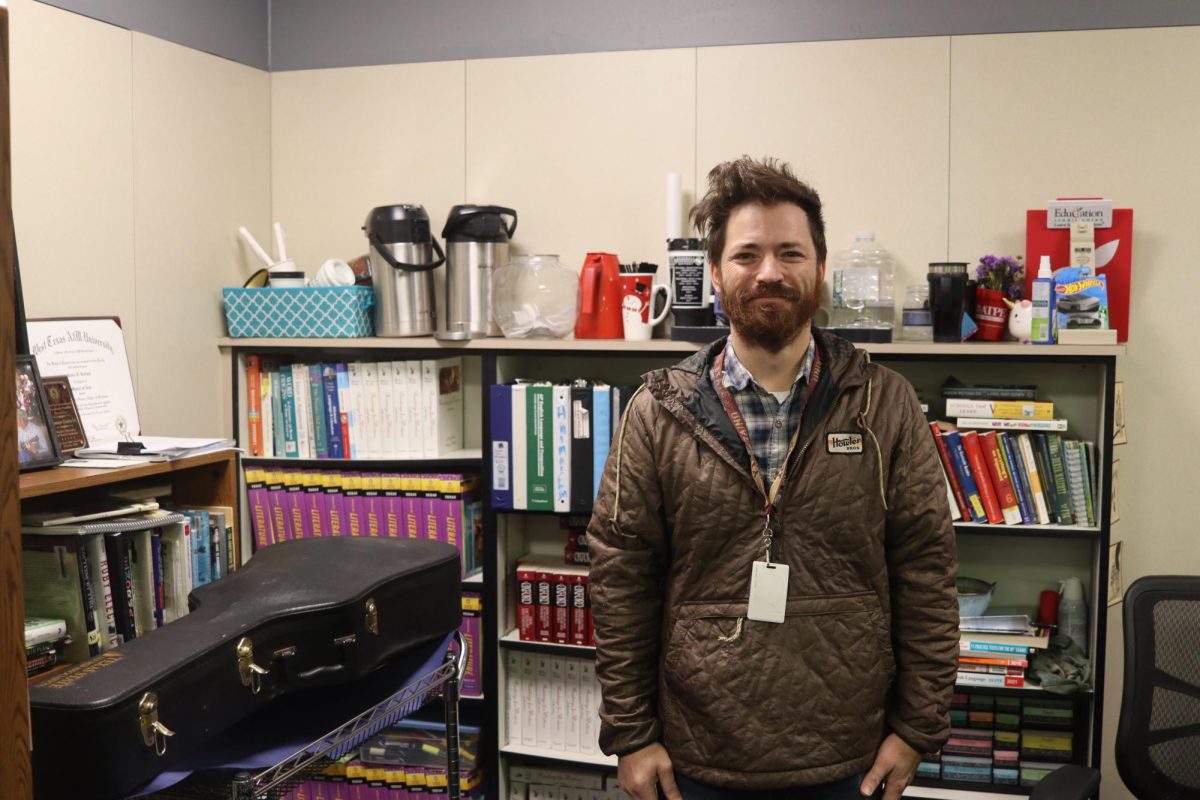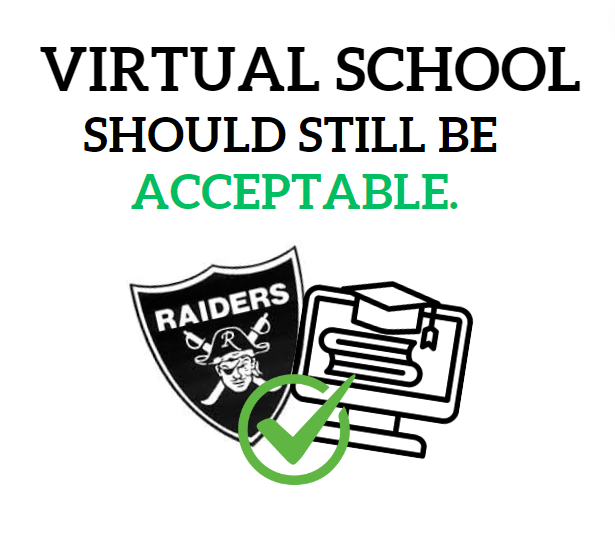More than 2 million students in almost 3,000 public schools and 610 school districts located in about 41 states attend the year-round school program this year. President Barack Obama’s Education Reform Plan replaces the regular 10-month school system with a system that simply is the reorganization of the regular 180 days. In the new system, the more familiar 3 month summer breaks are gone and broken up into three to five week vacations throughout the year and proposes to keep schools open on weekends. The new system is open to the extension of the hours in a school day and the total days in a school year, though most schools still limit the school days to the time it has always been. It is claimed that the new school system will ultimately put students at a greater advantage to educational and economical competition around the world.
Though it is believed by many that the new system has its promises to bring improvements, the system has its downfalls and is generally inconclusive and unreasonable. Firstly, America can barely afford to put bread on the shelves at local Wal-Marts, much less pay the extra expenses that the new school system brings forth. The school system also intends to take away America’s summer and everyday afternoon. Both students, teachers and parents, need a good, long break and students need life outside of school. Then, of course, there’s the so-called educational benefits that come with the new system, but so far, the sight of educational improvement deems itself questionable.
Schools around the nation are doing just fine meeting their budgets, but many are struggling. It may not seem like much, to open the school two more days a week, and maybe add about 10 more hours on top of that for the extended days each week. But when one adds in the means of electricity, water, gas, transportation, school lunches, money to put in the staff’s pockets, and still have enough money for reduced lunches and other benefits, it adds up and can be costly. Assuredly, if the school board sincerely wants this system in place, they might consider cutting out reduced lunches and programs for the less fortunate. But that might just be crossing the line. And after all, America is only more than $13 trillion in debt.
The new system implements three to five week vacations throughout the year rather than the regular consecutive 3-month summer that America is used to. These particular 3 months are often counted on by students to visit a parent across the country that they rarely get see, or to visit their favorite summer camp and see long distant friends, and these trips often call for the entire summer specifically during the summer season. Many students also count on the 3 month summer consecutively to work long hard hours to save up for a car or college. The 3 week summers conflict with everything from vacation to football two-a-days to plainly having enough time to simply get away from the daily grind. And as for the extended days, students as well as teachers simply need rest. They need a life outside of school, and getting home right at dinner time does not allow for after school activities or family time. America wants to slow down and take time for family, and putting this new system into place will certainly not do the trick.
America’s students always have a choice to whether or not they want to put in the effort to learn and to make their lives better through knowledge, regardless of the amount of school days, the arrangement of school days, or even the length of breaks. The new system holds zero promises of a better educational future, and so far it has statistically shown no more educational benefit than that of a school on the regular schedule. And because of the new system, there is no more time allowed for summer school, therefore allowing no more time for seniors to catch up with their credits and this could drastically decrease the graduation rate. The new system is not improving the education of the youth and could further worsen it.
Many people that are for President Obama’s Education Reform Plan believe that the shorter, more frequent breaks will increase the student retention rate, however, students will always lose some percentage of information they have learned no matter how long they are out of the classroom. Because of this, teachers will wind up re-teaching the same topics four times a school year rather than one. The same people are also under the impression that the new system plan is a good idea because other countries operate on this system. They should remember, however, that each student’s educational future is in their own hands and they each have a choice to better their lives with knowledge if they so desire, regardless of the arrangement of school days, the amount of school days, or the length in school days. The youth in South Korea and Japan may follow by the same system, but they too have the same choice as America’s students to either take in the knowledge given to them and run with it or simply throw it all away.
The Education Reform Plan stands useless and doubtful and it should be merely revised to the fact that the student’s of America have a simple choice: to embrace their passion and use the tools given to them by teachers and fellow students to prosper and follow their dreams, or throw their youth and education down the drain and become a hobo on the streets. The U.S. government will not fix anything by increasing the national debt or taking away the innocent youthful pleasures of a social life, but to merely place the choice back in the youth’s hands and encourage them, support them, and love them on their way to ultimately meeting their fullest potential.









